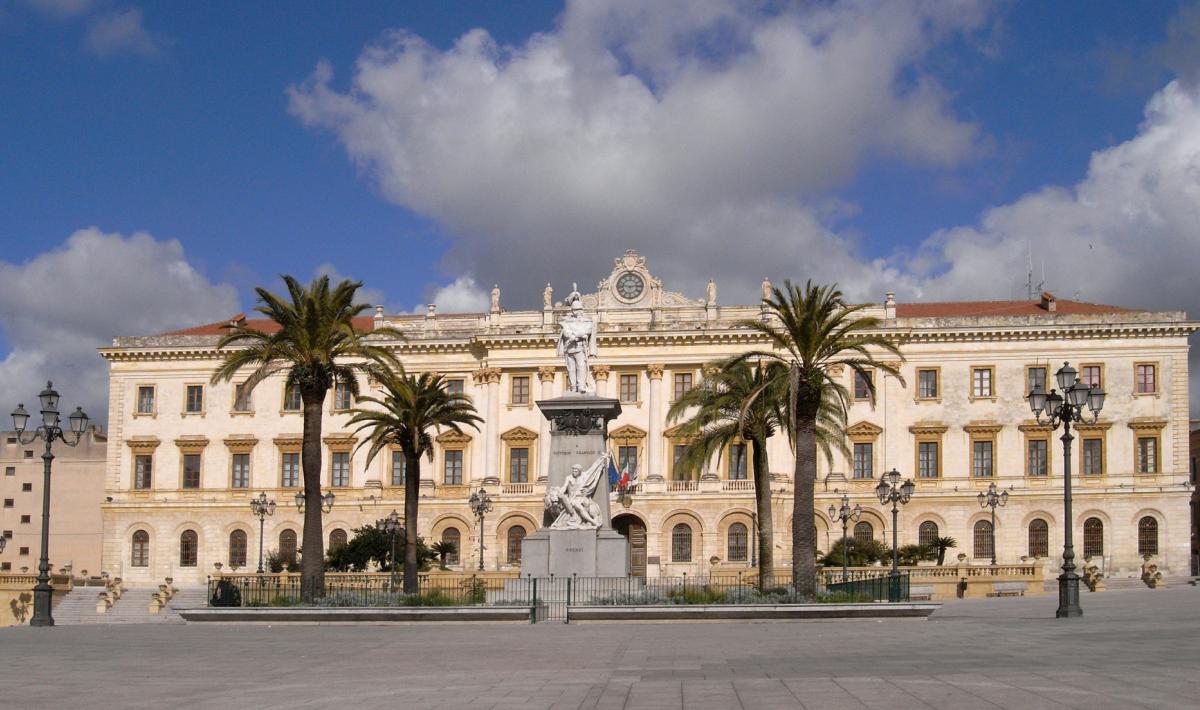Founded in the Middle Ages, when the population of the ancient Turris Libisonis gradually took refuge inland, Sassari stands on a limestone plateau marked by valleys and gorges and surrounded by cultivated hills. Olive groves and woods complete the setting of the fifth territory by extension in Italy. It is the second largest city in Sardinia by population (128,000 inhabitants), the heart of an area that welcomes twice as many. It became a municipality in 1294 with the promulgation of the Statuti sassaresi, which represents a fundamental corpus of laws in the island's history. In the 19th century, it expanded beyond the 14th-century walls, which surrounded it and were connected by 36 towers. Today there are six left. In place of the castle, the La Marmora barracks arose, now the museum of the Sassari Brigade, the protagonist of military events of the 20th century.
The most influential inhabitants of Sassari were Enrico Berlinguer and the presidents of the Republic Antonio Segni and Francesco Cossiga.
Fontana di Rosello and Piazza d'Italia are the two symbols of the city. The centre is made up of stately buildings, places of art and culture. There are many museums, including the Mus'A, the Biasi, the Tavolara Pavilion and, above all, the Sanna National Museum, a concentration of archeology. The most impressive (and enigmatic) prehistoric testimony is the Monte d'Accoddi altar, a stepped pyramid that recalls the Mesopotamian sanctuaries, built in the 4th millennium BC, restored in the 3rd and frequented until the Bronze Age.
Around Sassari, there are also dolmens, Domus de Janas, menhirs and 150 Nuragic sites, including nuraghes, villages, Giants' tombs and sacred wells. Among the religious buildings, the oldest is the church of Sant'Apollinare. While the cathedral of San Nicola di Bari stands out, a harmonious overlapping of architectural styles (Gothic vaults, Baroque facade, classical decorations) was built starting in the XIII century.
The fascinating Cavalcata Sarda, a parade of traditional costumes, takes place on the penultimate Sunday of May. In mid-August the 'big' festival is celebrated, the Discesa dei Candelieri, a procession of monumental wooden candles carried on shoulders along the streets, up to the church of Santa Maria di Betlem, to fulfil the vow to the Virgin who, according to legend, saved the city from the plague. Suggestive are the rites of Holy Week. Speaking of tradition, here is the cuisine: favata and 'monzette', snails cooked in batter. There is no shortage of gardens and parks, including the green oasis of the Monserrato park. The expanse of sand of Platamona, in the Gulf of Asinara, is historically the 'beach of the people of Sassari'. On the western side, north of Capo Caccia, you will find the dazzling colours of Porto Ferro, with fine sand, and Porto Palmas, with small smooth pebbles. Further north is the Argentiera, a symbol of mining archaeology, once in vogue, today a ghost village.


Follow us